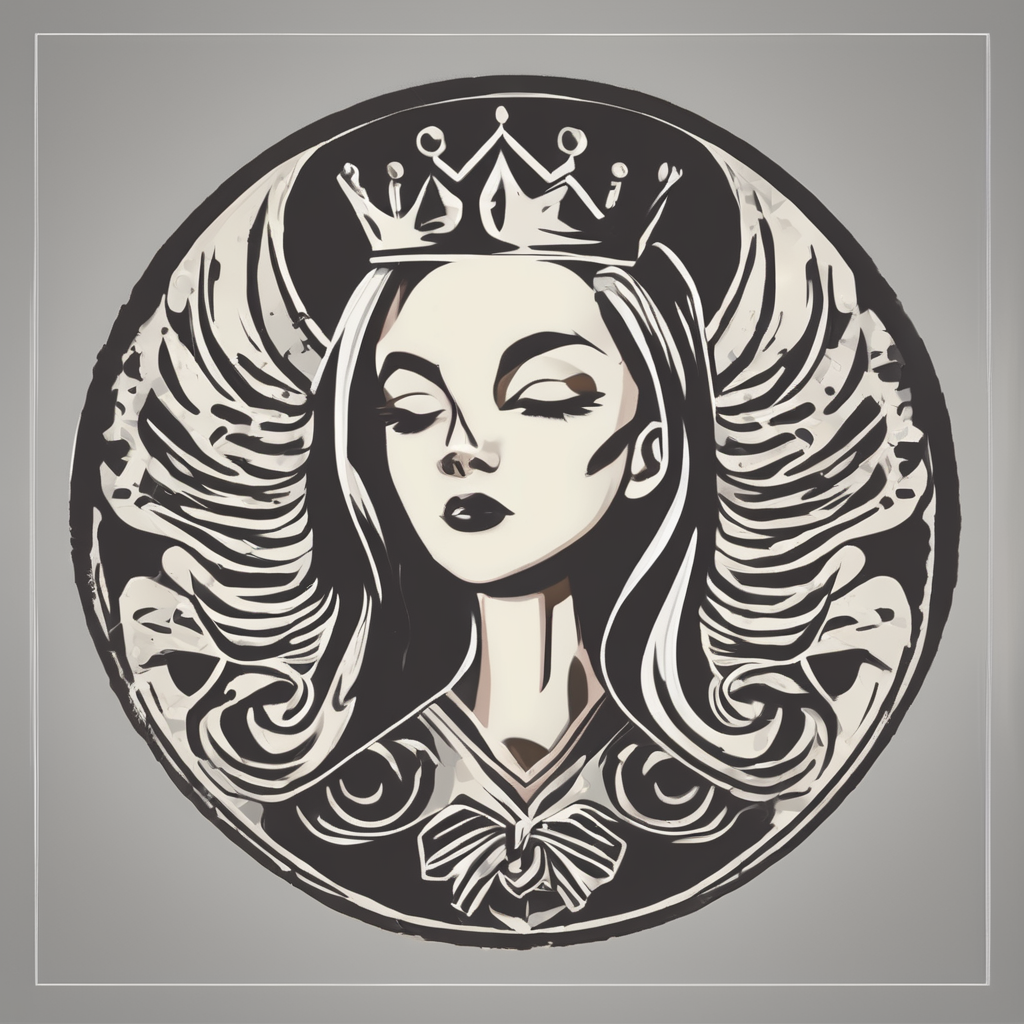Understanding Street Style and Its Significance in the UK
Street style UK represents much more than casual attire; it is a dynamic fashion influence deeply rooted in everyday life and cultural expression. Defined by its spontaneous, individualistic nature, street style showcases the creativity found on the streets of cities like London, Manchester, and Brighton. This style often reflects the social, economic, and ethnic diversity prevalent across the UK.
In recent years, street style UK has become increasingly important in shaping women’s fashion trends. Designers and brands monitor these trends to capture the authentic voices of youth and urban communities. The experimental and often rebellious spirit of street style provides fresh ideas that later permeate mainstream fashion, making it a vital source for innovation.
London not only leads as a fashion capital but also serves as a global hub for street style innovation. The city’s multicultural environment encourages fusion styles and bold statements that influence the UK and beyond. London’s vibrant street scene continuously produces new aesthetics, cementing street style’s role as a powerful driver in contemporary fashion landscapes.
Understanding Street Style and Its Significance in the UK
Street style UK is a dynamic and vibrant expression of individuality and culture, reflecting the daily lives of people across cities. Unlike runway fashion, street style originates organically, influenced heavily by local communities and their unique lifestyles. This makes it a crucial driver of women’s fashion trends in the UK, as it captures authentic, wearable looks that resonate with wider audiences.
The importance of street style UK has surged, evolving from niche expressions to mainstream recognition. It plays a pivotal role in shaping women’s fashion trends by offering a grassroots perspective that designers and brands increasingly embrace. This two-way relationship means street style informs the high-fashion world while remaining rooted in accessible creativity.
London stands out as the epicenter of this movement, regarded globally as a hub for street style innovation. The city’s diverse cultural tapestry fuels continuous evolution, making London street fashion a melting pot where new ideas flourish. This influence extends beyond the capital, impacting nationwide fashion sensibilities and establishing street style as a powerful force within the UK fashion landscape.
The Role of Street Style in Shaping Women’s Fashion Trends
Street style influence plays a crucial role in catalysing new developments within women’s fashion. Its grassroots origins mean it often introduces authentic, unfiltered expressions that traditional fashion houses might overlook initially. Street style UK fosters trendsetting looks by spotlighting experimentation and individuality, which then inspire mainstream designers to incorporate these fresh ideas into wider collections.
How does street style act as a catalyst? Precision shows that women’s fashion trends frequently start on the street, with key elements from casual wear, unique accessories, and bold silhouettes being adopted rapidly by brands. This translation from subculture to high street amplifies street style influence, creating a dynamic feedback loop where both coexist.
Notable UK trends born from street style movements illustrate this power. For example, the resurgence of vintage sportswear and gender-fluid silhouettes emerged straight from urban youth culture. These trends gained traction because street style UK represents an evolving fashion language that resonates with diverse communities, making it a continuous source of inspiration for women’s fashion trends nationwide.
The Role of Street Style in Shaping Women’s Fashion Trends
Street style influence acts as a powerful catalyst for women’s fashion trends in the UK. This grassroots movement generates fresh, authentic looks that designers and brands eagerly observe to create new collections. Street style is more than just casual wear; it sparks trendsetting ideas that ripple through the fashion industry and onto runways.
How does street style UK translate to mainstream fashion? The answer lies in its organic and accessible nature. When a style gains popularity on the streets, it often inspires designers who adapt these practical, relatable aesthetics for wider markets. This process bridges the gap between everyday creativity and high fashion, making trends more inclusive and diverse.
Notable UK trends originating from street style movements include oversized outerwear, bold graphic prints, and gender-fluid silhouettes. These styles first emerged in urban areas, embraced by youth subcultures before becoming staples in mainstream women’s fashion. This cycle continues to fuel innovation, proving that street style’s impact on women’s fashion trends is both profound and ongoing.
Key UK Cities and Street Style Movements
Street style UK finds its heartbeat not only in London but across several urban fashion centres that shape the broader fashion landscape. London street fashion reigns supreme as a global hub, thanks to its cultural diversity and innovative energy. However, cities like Manchester, Bristol, and Glasgow contribute unique regional nuances, enriching the UK’s street style tapestry.
What sets London street fashion apart is its ability to fuse youth subcultures with eclectic influences, producing trendsetting looks that quickly ripple through the fashion world. Meanwhile, other urban areas bring their local identities to the mix—reflecting varied economic backgrounds and ethnic communities—resulting in distinct regional styles. This diversity enables a more complex and layered fashion influence across the UK.
Local communities and youth cultures are crucial in defining these styles, acting as incubators for fresh ideas and authentic voices. Their sartorial choices often respond to social realities, creating a genuine connection between style and setting. This interaction between place and people not only sustains street style UK’s vibrancy but also ensures its ongoing impact on women’s fashion trends nationwide.
Key UK Cities and Street Style Movements
London street fashion stands at the forefront of UK urban fashion centres, setting trends that ripple throughout the country. As a global hub, London’s streets are a melting pot of cultures, youth subcultures, and creative expressions. This diversity fuels continual innovation in street style UK, where local communities craft looks that blend heritage with contemporary influences. The city’s vibrant neighborhoods, from Shoreditch to Camden, each contribute distinct aesthetics, making London a primary source of fashion influence.
Beyond London, other cities like Manchester, Glasgow, and Bristol play vital roles in shaping the broader UK street style landscape. These regional centres cultivate unique styles shaped by local culture and socio-economic backgrounds, offering alternative perspectives to capital trends. Such diversity enriches women’s fashion trends by introducing fresh ideas and regional nuances to mainstream fashion.
Youth subcultures remain pivotal across these urban fashion centres, acting as incubators for creativity and authenticity. Their influence is seen in bold statements, gender-fluid looks, and sustainable fashion movements emerging across cities. Together, these dynamics highlight how regional style differences contribute significantly to the vitality and evolution of UK street style overall.
Fashion Weeks, Influencers, and Media Amplification
Fashion weeks UK, particularly London Fashion Week, serve as pivotal platforms where street style UK intersects with high fashion. These events showcase not only runway collections but also the vibrant streetwear worn by attendees. This visible presence amplifies street style influence beyond the catwalk, allowing grassroots trends to ripple swiftly into broader women’s fashion trends.
Digital influencers play an essential role in popularising street style looks. Through accessible social media platforms, they broadcast authentic, everyday styles that resonate widely. Their reach accelerates the diffusion of new trends, pushing street style from niche urban scenes into mainstream acceptance. Influencers often act as fashion translators, making edgy or subcultural looks relatable and desirable.
Traditional and social media together amplify this effect. Fashion weeks UK attract extensive coverage, enabled by real-time sharing and commentary. The combined power of photographers, bloggers, and magazine editors ensures that street style aesthetics gain visibility and validation. This media ecosystem transforms local street-level creativity into a global fashion dialogue, further embedding street style UK as a dominant force shaping women’s fashion trends.






